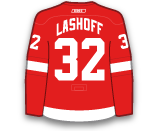NHL Signings & Free Agents
Duszak will actually join the Toronto Marlies (AHL) on an AHL tryout so that his entry-level contract won’t start until next season. Duszak wrapped up his junior season at Mercyhurst College, where he led them team in goals (16), assists (31) and points (47) as a defenseman.

Teves finished his senior season at Princeton University and signed immediately with the Canucks. The 24-year-old led all Princeton defensemen with 20 points (3G / 17A) in 30 games. He has good vision and playmaking ability and can contribute in all three zones. We're excited to see him play at the professional level,” Canucks GM Jim Benning said.
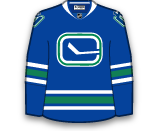
Hirose was one of the two college free agents that the Red Wings signed on Tuesday. Hirose had an outstanding junior campaign, leading Michigan State with 50 points (15G / 35A) in 36 games. Hirose will report to the Red Wings and is expected to play through the final five weeks of the season.

Kuffner just finished his senior season at Princeton University, where he led the team in goals (22) and points (44) in 31 games this season. The 22-year-old is expected to report to the Red Wings where he could see some NHL action down the stretch.
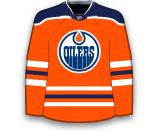
Veronneau was born in Ottawa and signed with the Senators after finishing his senior year at Princeton University. The 23-year-old forward was first on the team in assists (24), second in goals (13) and points (37) in 31 games. Signing with the depleted Senators could mean that Veronneau could get an opportunity to play in the NHL right away.
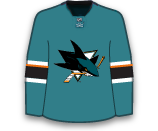
Kurashev was a fourth-round pick (No.120) in 2018 and is in his third year in the QMJHL. The 19-year-old centre will remain in Quebec (QMJHL), where he leads the team in goals (28), assists (34) and points (62).


Borgman has registered four goals and 11 assists (15 points) in 39 games in his first full season in the AHL.
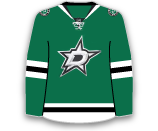
Sparks won the backup goalie battle in the preseason but has had a tough season, going 7-5-1 with a 3.09 GAA and .902 SV% in 14 games. Sparks likely has the inside track to remain the Maple Leafs backup next season but don’t be surprised if they bring in a veteran to push him in training camp.
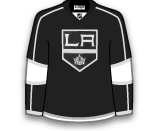

Staal’s name floated around at the trade deadline as a potential rental, but ultimately signs a two-year extension to remain in Minnesota. Staal enjoyed a resurgent year in 2018 but has seen his production dip this year—he is on-pace for 18 fewer goals and four fewer assists. Staal will turn 35 at the start of next season, so his career will likely end in Minnesota.
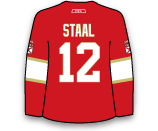
Stone was a pending free-agent and the Golden Knights likely wouldn’t have part with their top prospect Erik Brannstrom if they weren’t re-signing Stone. Stone is projected to start on the Golden Knights’ top-line with William Karlsson and Jonathan Marchessault, where he should take his game to the next level.

The Capitals acquired Jensen from the Red Wings on Friday afternoon and wasted no time signing the 28-year-old to an extension. Jensen carried a +1.1 CF% rel in 60 games with the Red Wings this season, picking up two goals and 13 assists (15 points) along the way.

NHL Free Agents: Best Available Players in 2025
Types of Free Agent Markets
Restricted Free Agents
Qualifying Offers
Non-Qualified RFAs
Unrestricted Free Agents
Group 3 UFAs
Group 6 UFAs
Undrafted UFAs
NHL Free Agency FAQs
Some of the top NHL free agents available this summer are Mitch Marner, Mikko Rantanen, Aaron Ekblad, Nikolaj Ehlers, John Tavares, Brock Boeser, Brad Marchand and Linus Ullmark.
This offseason will bring a stacked crop of free agents to the market that will shape the landscape of the 2025-26 NHL season. Not only will the final landing spots for each of the top 2025 NHL free agents shake up the framework of the league, but will also have major implications on the upcoming fantasy hockey season. Be sure to stay in the know in regard to the latest free agency updates with our NHL player news.
On July 1st, 2025, at 12 PM EST, the 2025 NHL free agency period officially opens. While some players will have all but signed the dotted line up to this point, nothing can become official until noon on Canada Day.

